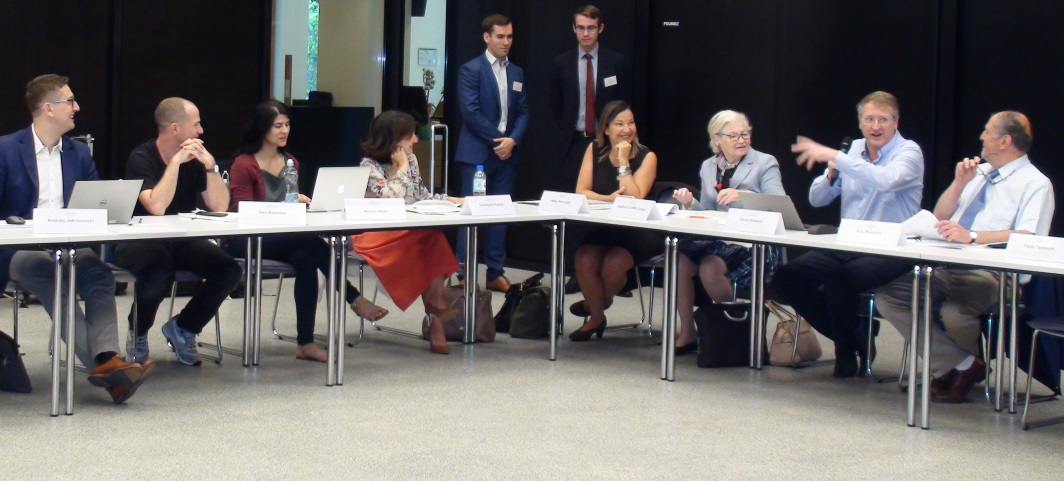The first ever academic conference on the European Investment Bank was organised on 10 and 11 July in Luxembourg by the University of Luxembourg and the Universita degli studi di Padova.
“There is a growing interest of academia regarding the EIB”, said Matthias Thiemann (Sciences Po) one of the 21 researchers in economics, history, law and political science who attended the event.
Entitled “Analysing the EIB: interdisciplinary approaches to understanding the past, present and future of the world’s biggest lender,” the conference aimed to investigate how the EIB contributed to the economic development and integration of the European Union; the evolution of the EIB as an institution; and to explore its future prospects.
Participants came from both EU (Lublin, Utrecht, Roma La Sapienza, LSE, Corvinus University Budapest..) and non EU universities (Columbia University, the Wharton School of Business) and presented papers under five sessions “Historical insights into the EIB’s operation,” “EIB impact in European regions,” “Insights into EIB decision-making,” “Assessing EIB efforts to counter the recent economic crisis” and “the political economy of EIB action”. Established by the Treaty of Rome in 1958, the EIB is the largest multilateral lending and borrowing institution in the world yet it is only scantily researched by the academic community.
The conference was sponsored by The Robert Schuman Initiative for European Affairs, the Institute of Political Science at the University of Luxembourg and the Universita degli studi di Padova. A follow up conference is due to take place in Padua in 2020.
The Institute has academic partnerships with many universities involved in the conference including University of Luxembourg, Sciences Po and the LSE.





